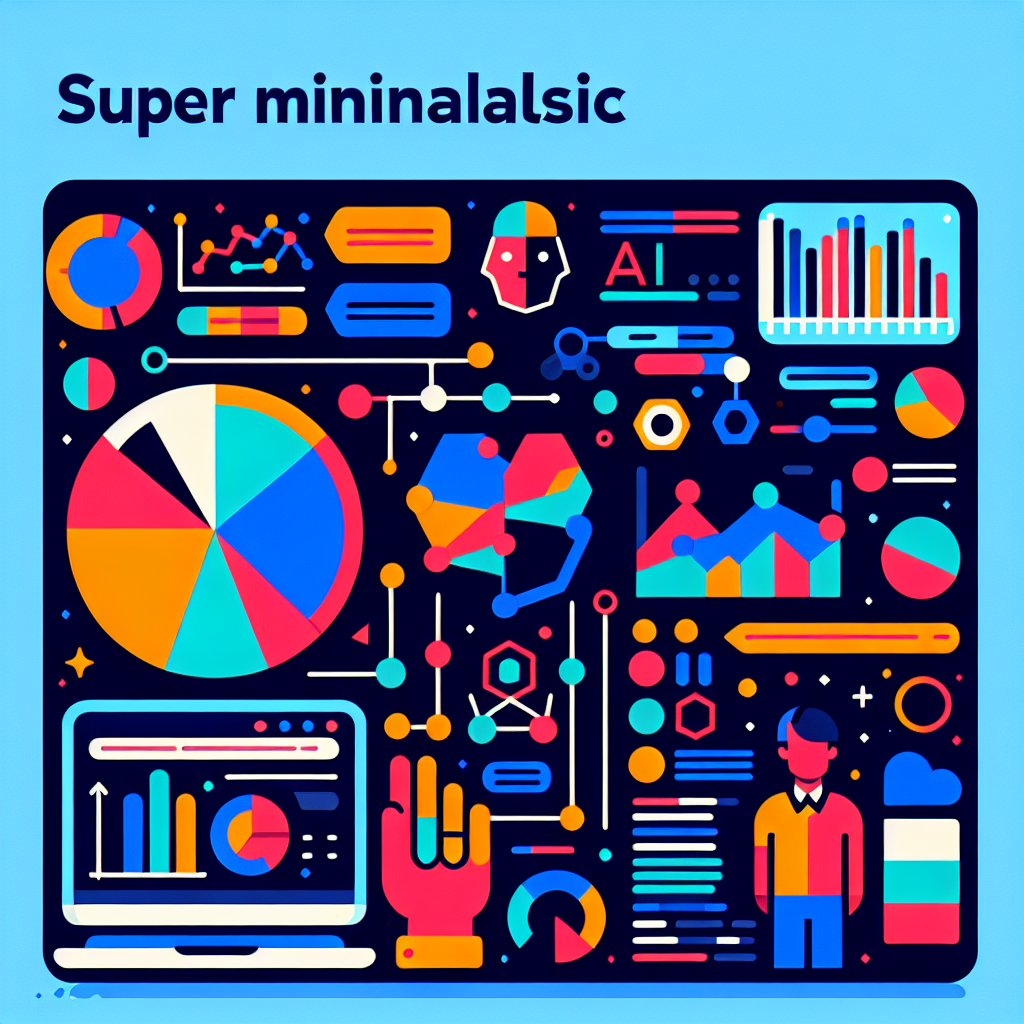Why smart metadata still matters (and why automation helps)
Meta titles and descriptions remain small elements with big SEO and conversion impact. They influence click‑through rates, help search engines understand page intent, and support brand presentation in search results. But on medium to large WordPress sites, keeping metadata accurate, helpful and on‑brand becomes a maintenance burden.
AI can shoulder that burden—when used with sensible controls. A pragmatic AI workflow speeds up content teams, surfaces optimisation opportunities, and produces consistent metadata across hundreds or thousands of pages without sacrificing quality.
Common problems at scale
- Thin or duplicated meta titles and descriptions across similar pages.
- Keyword mismatch between page content and metadata (misleading users).
- Inconsistent brand tone or length limits that truncate results in search.
- Manual edits that regress SEO after content updates.
- Lack of monitoring to catch metadata drift over time.
AI + Human workflow: practical, safe, repeatable
Below is a step‑by‑step workflow you can implement on WordPress. It balances automation speed with human oversight—essential under current Google expectations for helpful, experience‑led content.
1. Audit and priority scoring
Use AI to scan your site and create a metadata inventory: pages, current meta titles/descriptions, SERP positions, impressions and CTR. Prioritise using simple ROI signals:
- High impressions, low CTR = high priority.
- Pages ranking on page two that are nearly on page one.
- Important landing pages and product pages.
This is where automated reporting ties into SEO strategy. If you need a custom setup, consider combining analytics reporting with AI summarisation—an approach we build into our AI services.
2. Generate intent‑aligned metadata
Feed the page URL, page title, first 200 words and target keywords into an AI prompt designed to respect length limits and brand tone. Use constraints:
- Title: 50–60 characters with primary keyword first where natural.
- Description: 120–155 characters that describe the page and invite clicks.
- Avoid vague claims and guaranteed results—stick to factual, helpful language.
Train the AI with a handful of high‑performing examples from your site so it learns brand voice and phrasing.
3. Human review: quality, accuracy, and E‑E‑A‑T checks
Automated generation should be followed by human checks for:
- Accuracy of facts (product names, locations, dates).
- Compliance and legal language where relevant.
- Brand tone and calls to action.
Keep review quick by sampling high priority pages and using batch reviews for the rest. Human‑in‑the‑loop reduces the risk of hallucinated claims that could harm trust.
4. Safe deployment in WordPress
Deploy metadata via your existing SEO plugin or a custom integration. Two practical approaches:
- Batch import CSVs exported from your AI tool and mapped to SEO fields (Title, Meta Description).
- Use an API push that writes directly into postmeta fields for large sites (works well for headless or dynamic builds).
Work with experienced development teams to implement safe writes and versioning. If you need technical help, our web development team builds robust, rollback‑friendly integrations.
5. Monitor, test and iterate
After deployment, monitor CTR, rankings and engagement. Let AI aggregate the wins and losses and propose tweaks. Where uncertainty remains, run small A/B tests or title variants to see what actually lifts CTR.
Automated monitoring ensures metadata doesn’t slip back into poor quality. Periodic checks should be part of any ongoing website maintenance plan.
Practical prompts and guardrails
Use concise, repeatable prompts. Example guardrail checklist to include in your prompt:
- Keep title under 60 characters.
- Include the main target keyword naturally.
- Offer a clear benefit or action in the description.
- No unverifiable superlatives (e.g. “best”, “guaranteed”) unless supported.
Store approved prompt templates and let editors tweak them per page type (blog, product, category).
Common pitfalls and how to avoid them
- Blind automation: Never bulk‑publish without sampling. Errors scale fast.
- Poor prompts: Bad prompts = bad metadata. Invest time in templates.
- Ignoring analytics: If you can’t measure CTR and rankings, you can’t prove ROI.
- Neglecting semantics: Write for humans first—search engines follow.
Final checklist before roll‑out
- Inventory complete and prioritised.
- Prompt templates tested with examples from your site.
- Human review workflow defined and resourced.
- Safe deployment route (plugin or API) and rollback plan.
- Monitoring and reporting dashboards in place.
Smart metadata at scale is about process as much as technology. When AI is combined with clear guardrails and ongoing measurement, you gain speed without sacrificing quality.
If you’d like help designing a secure, measurable AI workflow for metadata on WordPress, talk to our team — we pair practical SEO experience with bespoke AI solutions and solid SEO fundamentals. Reach out via contact to start a quick audit.





